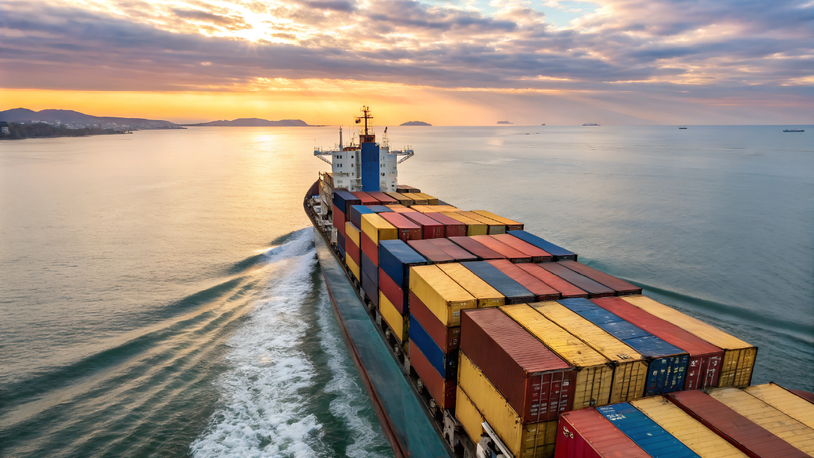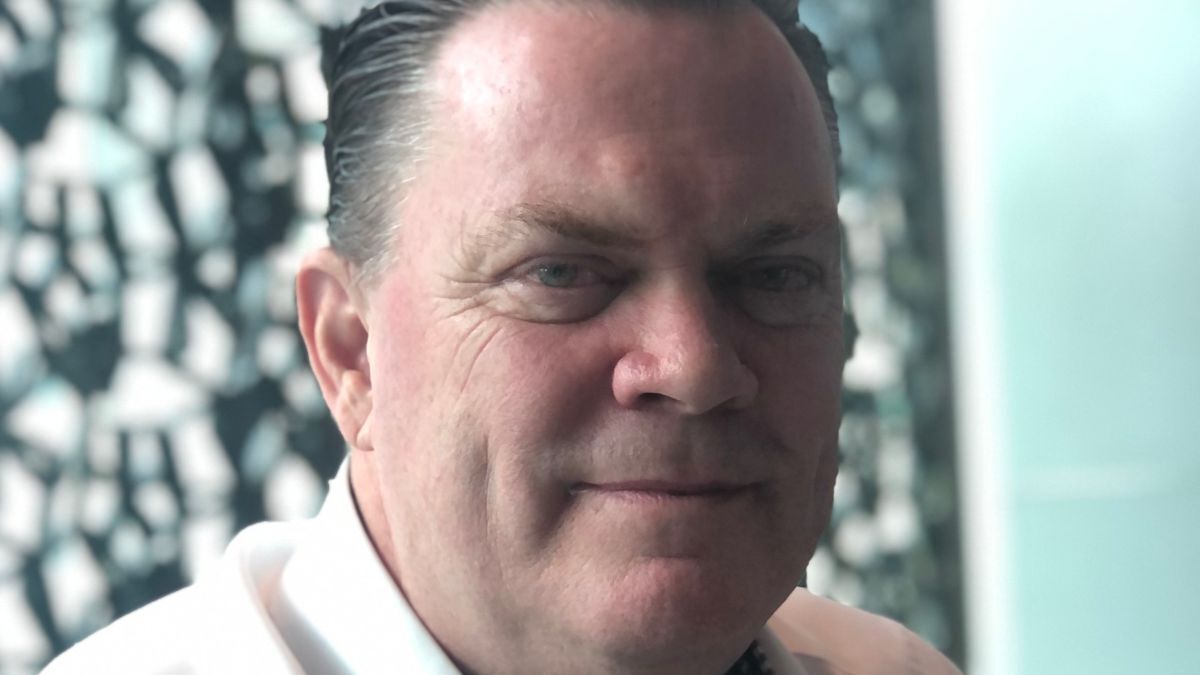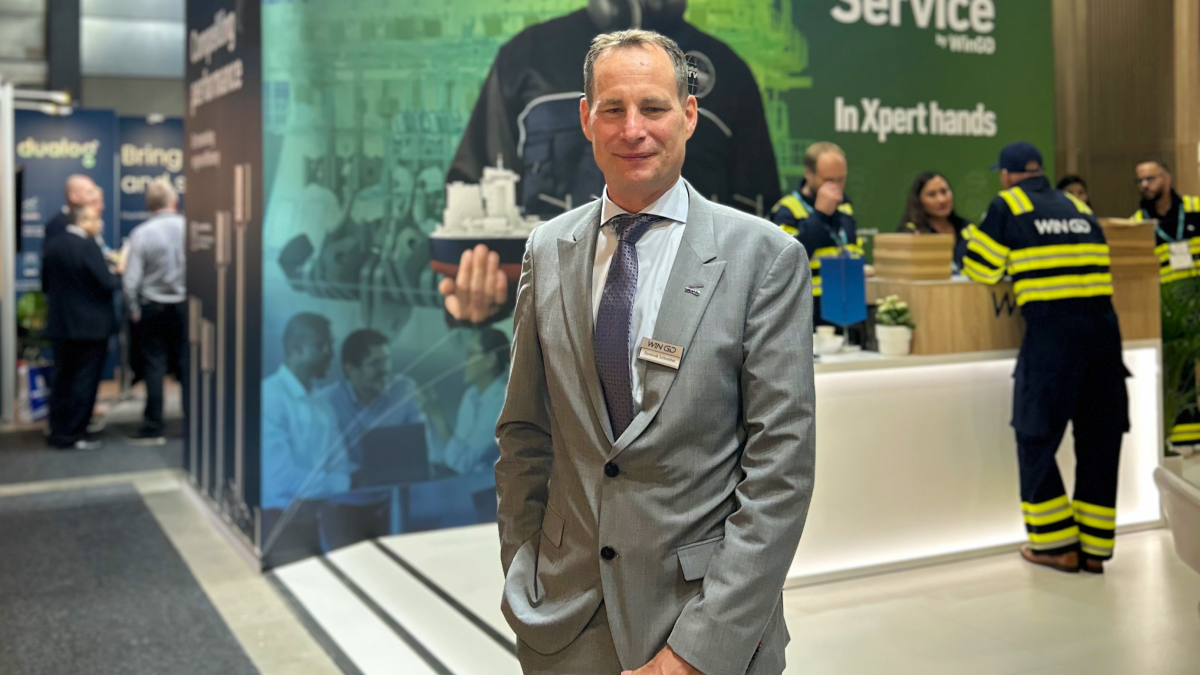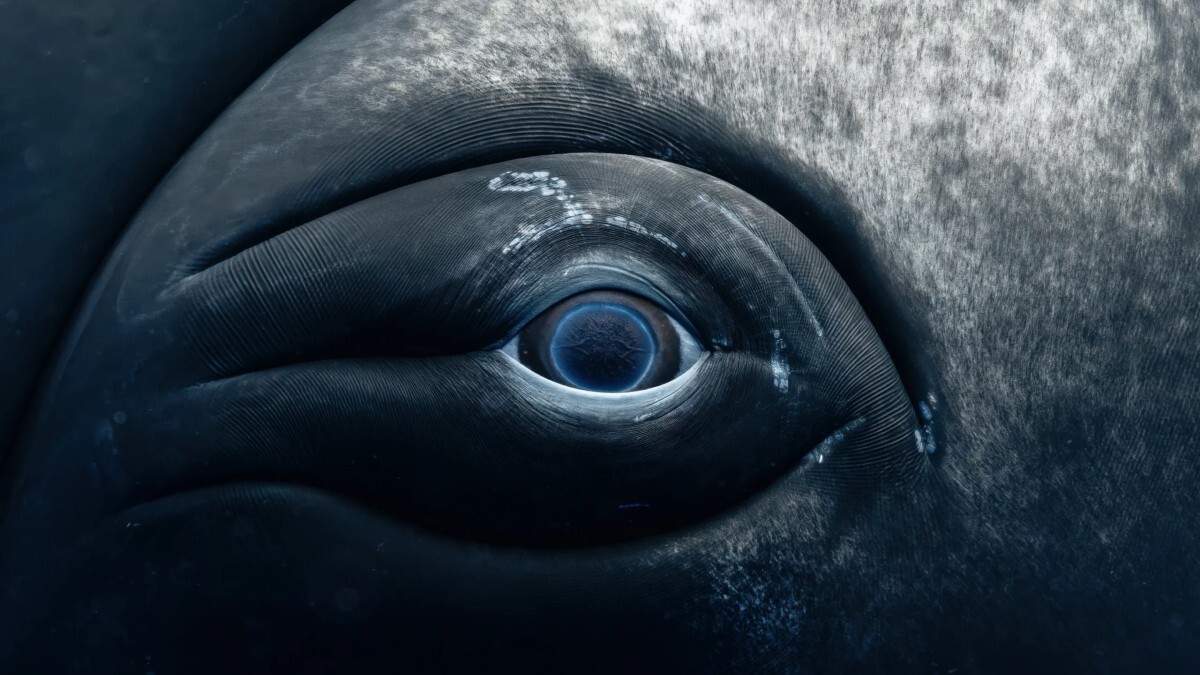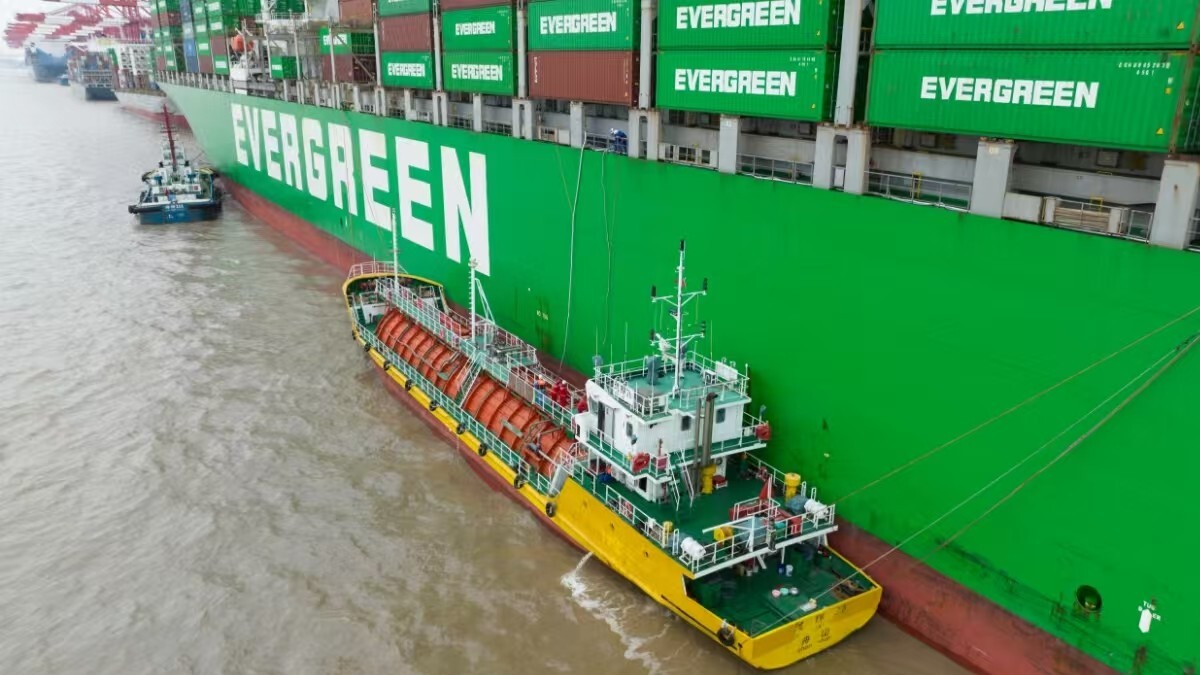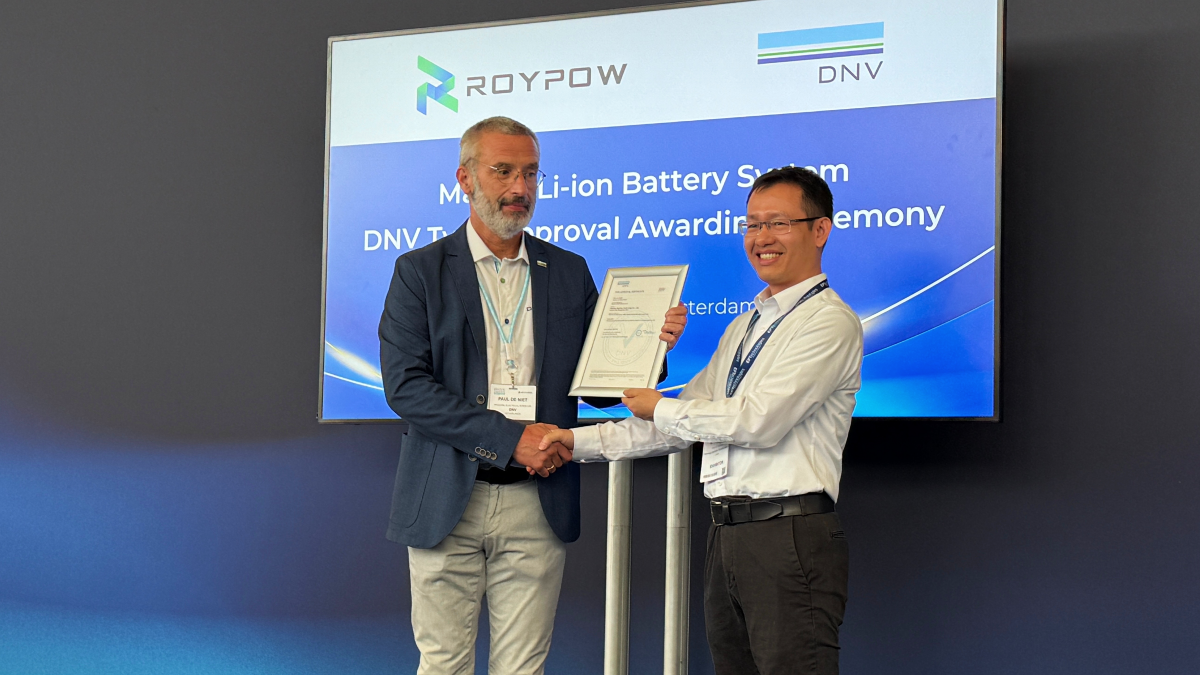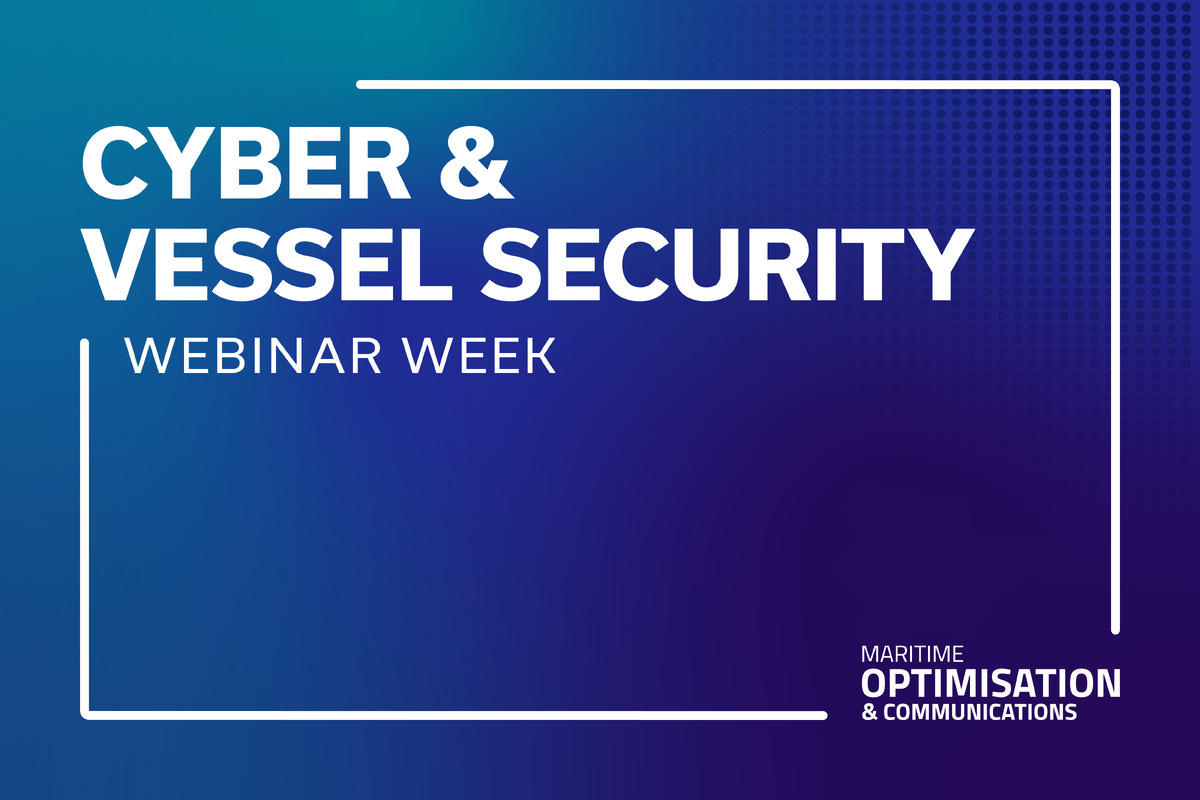Business Sectors
Events
Shuttle Tanker Webinar Week 2025
Contents
Register to read more articles.
Decarbonisation creates new opportunities for Berg Propulsion solutions
As owners devise their decarbonisation strategy, some will need to modify their ship’s propulsion system for optimal performance at lower speeds or renew their fleets with low- and zero-emissions vessels
“Everyone has to get on a path to decarbonisation,” Berg Propulsion Pte Ltd general manager Michael Petersen tells Singapore Solutions. Container ships that were originally designed and built to operate at between 23 to 24 knots are slow steaming to save fuel and reduce emissions, he gives as an example. Mr Petersen points out that propellers for these vessels were designed for optimal performance at one fixed point. “Now we are operating at different operational profile speeds or even routes.”
In such cases, he says, a European shipowner might discuss propulsion upgrades or modifications to their ships with Berg Propulsion’s ship energy efficiency group in Sweden. “Then, if the vessel calls here in Singapore at one of the yards, we can go on board and support that upgrade or modification, which can be anything from optimisation of propeller blades or renewing the propeller blades for a different operational point, or installing various electrical systems,” he says. To find the best solution, Berg Propulsion performs a hydrodynamic study, considering a ship’s operational profile and hull design.
Mr Petersen notes there is support from authorities in the form of reduced port fees and other incentives in Europe and the Western Hemisphere for shipowners that invest in and adopt green technologies. “This makes it viable for shipowners to invest in these technologies. In Asia, however, we do not really see that,” he says, noting, “Even as clean and green as Singapore government wants to be, they are still lagging behind Europe, but it is definitely coming.” Locally, he does see positive government support for the development of green technology for smaller vessels, such as ferries, tugs and workboats.
One of the efforts he cites is an initiative by the Maritime and Port Authority (MPA) of Singapore to the replace the 1,600 conventionally diesel-powered harbour craft operating in the city-state’s port with electrically powered vessels.
On 3 March, the MPA announced it will require all new harbour craft, pleasure craft, and tugs to achieve net-zero emissions by 2050. This means “all new harbour craft must be fully electric, be capable of using B100 biofuels, or be compatible with net-zero fuels such as hydrogen by 2030,” says MPA.
OSV building spree ahead
Turning to the offshore support vessel sector, Mr Petersen anticipates a “building spree” on the horizon because “OSVs in the southeast Asia fleet are ageing.”
He notes Berg Propulsion is working with Middle Eastern owners on a series of 12 anchor handlers in a power range of 80 to 100 tonnes of bollard pull. He says the vessels would be diesel-electric with “small battery packs on board.” He describes the project as a “new opportunity” and calls the owner, “the frontrunner of those companies that are renewing their fleets.”
To leverage emerging opportunities in the offshore vessel sector, Berg Propulsion inked a partnership with Evolution Concepts to provide propulsion solutions for the zero-emissions ZEVO OSV concept.
By partnering to provide propulsion solutions for the ZEVO project, Mr Petersen says Berg has joined “a total entity that comes with design, the capability to engineer and even build for customers.”
Berg Propulsion has been at the forefront of the application of electric drives and development of serial and parallel hybrid propulsion systems to reduce greenhouse gas emissions and improve efficiency.
Riviera Maritime Media will be hosting a series of webinars during Offshore Energy Webinar Week, 28-31 March. Use this link to register for key insight and information on future business opportunities
Related to this Story
Events
Shuttle Tanker Webinar Week 2025
Cyber & Vessel Security Webinar Week
Container Shipping & Port Technology Webinar Week
LNG Shipping & Terminals Webinar Week 2025
© 2024 Riviera Maritime Media Ltd.

